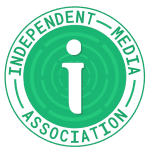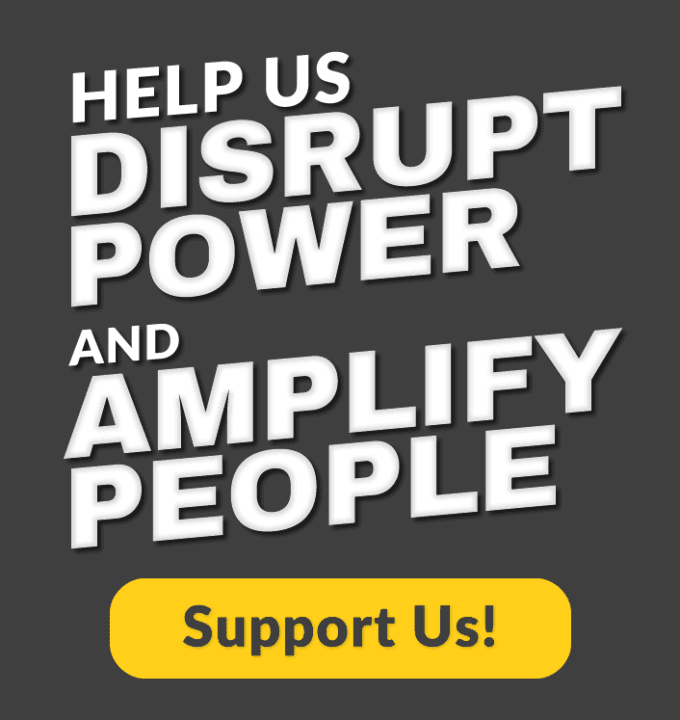A new world of communication or a virtual void?
With social media being the modern version of CIA aeroplanes dropping leaflets out of the sky – or even further back in history, the word of mouth that came from town criers’ news – we are now in a new age of information.
With a collection of online platforms that allows the user to share opinions, information, news, or just what their cat got up to that day, we now live in a world that means we can instantly stay in touch. Using digital technology through virtual communities and networks, we can communicate in a way we never have.
But is it really as good as it sounds – or have we all been sucked into a virtual void that actually controls free speech?
Loaded social media…?
In the UK, with Facebook being the most used, we also have Instagram, Threads, TikTok, WhatsApp, X (formally known as Twitter), YouTube, Snapchat, Pinterest, LinkedIn, and Bluesky – to name a few. The most used platforms are Facebook, WhatsApp, TikTok, and Instagram.
Current projections put WhatsApp users in the UK by 2025 as being 38.35 million, making it the most popular app used between 16-64 year olds. TikTok is estimated to have around 22.9 million accounts in 2025 (although this figure varies). In January 2025 there was almost 34.71 million Instagram users in the UK, with Facebook having 55.9 million users, and X or Twitter having the lowest users with approximately 17.94 million as of January 2025.
There are clear age differences on what age group uses what platform, according to YouGov, and also differences in gender usage. With unfortunately absolutely no options on gender types other than male or female, it shows that females use WhatsApp the most at a rate of 87% with males using YouTube the most at a rate of 83%.
So, with all these different ways to communicate, why have we become so divided? And further more, who’s really controlling what we are seeing?
Cute cats or controlling capitalism…?
In 2020 the US government announced it wanted to ban the Chinese social media app TikTok, on the advice of the then-and now-president Donald Trump, due to a national security threat. With Trump now the president that threat continues to grow to the over 170 million and increasing users of TikTok in the US as to whether they can continue to use their social media platform, and who owns it or controls it.
After being briefly taken down in the US last month (a decision strongly protested against by its users) it’s still unclear as to what will happen to this social media platform. With Trump implying that he wanted to see a bidding war with Microsoft who were in discussions about buy the platform, it is very unsure as to what will happen. Along with Elon Musk as a potential buyer, Trump has now set up a sovereign wealth fund to yep – not support future generations, but to potentially buy TikTok… #Capitalist!
Whilst this is happening in the US, this unfortunately is affecting us too. With our current Tory-made Online Safety Act, which regulates online speech, facing widespread criticism from economists, Keir Starmer may have to change the law due to backlash from American tech company’s.
Of course, along with Trump we also have his Nazi-saluting right hand man, Elon Musk.
Musk’s focus was the social media platform Twitter, now known as X. Beginning in January 2022 Musk started to buy shares in the company, being the largest shareholder in April 2022.
He then made an offer of $44bn to buy the platform, and after becoming the CEO and sacking a few top executives his transformation of Twitter to X was complete. Which of course being the worlds richest person was all probably small change to him – but how does it affect us?
Freedom of speech – or hate speech…?
With Friends star David Schwimmer calling on Elon Musk to remove Kayne West’s account after his antisemitic slurs on X recently, many were left wondering who actually controls what is said on the platform and what are they promoting?
The account was not shut down by X but was instead deactivated by Kayne West himself after firstly thanking Musk for allowing his rant and secondly his attack on both Taylor Swift and Kendrick Lamar after the US Superbowl.
So, whilst I’m all for freedom of speech, these social media platforms are now clearly a case of it’s not what you know but who you know – and of course how much money you have.
And in a world of narcissistic capitalists that border on the psychopathic, is very clear to see where we are going with this level of social media control – which in my opinion puts our free speech at risk and is incredibly dangerous for all of us.
The danger and influence social media has had, and will continue to have, on our younger generations has too been very clear to see. This has led to a complete social media ban in Australia that starts at the end of 2025 for all 16 year olds and younger.
So while it’s not going to be accessible in Australia for the under sixteens, where will that leave the rest of us?
Social media overload…?
Along with genuinely trying to find the time to keep up with all these different social media platforms and also not be glued to my phone all the time, I like many struggle with “social media overload”.
The accessibility for many of us who are either neurodivergent, chronically ill, or time poor thanks to our circumstances becomes harder as more platforms are created. Not only does this end up creating bubbles of smaller echo chambers, we end up becoming more divided – controlled by different algorithms and misinformation.
Along with the race riots last summer that were led by misinformation, in a completely different situation recently a teacher union rejecting a pay offer was later also put down to misinformation on social media.
With the likes of Musk running the X show and potentially Trump running TikTok, more and more of the voices of individuals trying to fight for their right to be even more visible now – and this is from someone who was shadow banned on Twitter as a disability rights campaigner.
With the cost of living and the new Labour Party government continuing deprivation for many, we also have the issue of data poverty.
Do we have a network error…?
As single mother who couldn’t afford Wi-Fi, I didn’t start using social media until 2015.
Data poverty, often not spoken about, affects 6.8 million households who can’t afford communication services, 1.9 million households that can’t afford a mobile service, and 3.7 million households with children that can’t afford a fixed broadband service. This leaves many of these people without a voice on any social media platform.
So while we’re being overloaded with the voices of the rich few, bombarded with misinformation, and taken down the void of different social media platforms, this new age of information technology could be our success or our downfall.
But either way, we have a “network error” that clearly needs fixing.
Featured image via the Canary





















